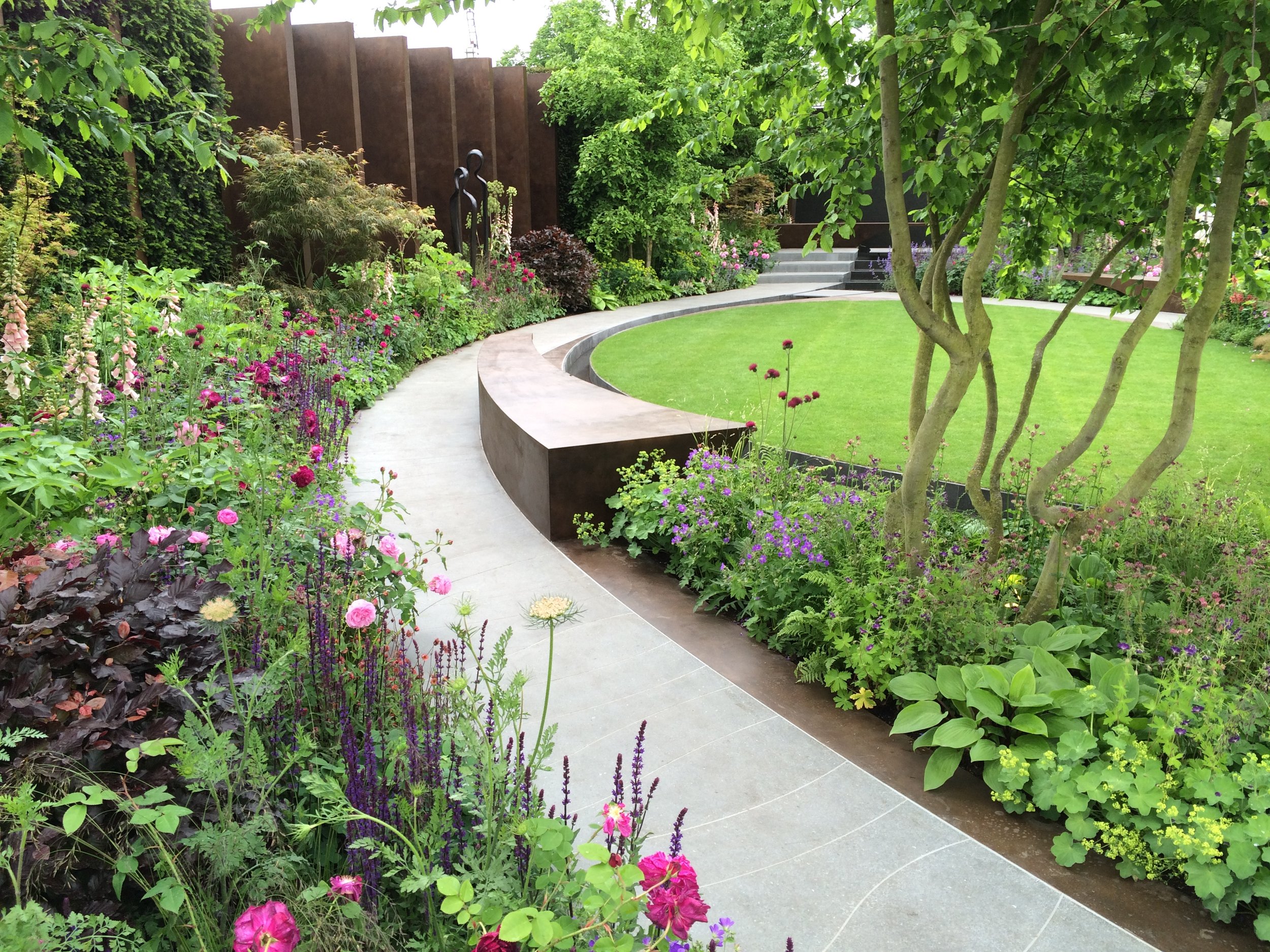The Basic Principles Of Landscapers
The Basic Principles Of Landscapers
Blog Article
The 10-Minute Rule for Landscapers
Table of ContentsGetting My Landscapers To WorkA Biased View of LandscapersSome Of LandscapersEverything about LandscapersSome Of LandscapersExcitement About Landscapers
- A garden feature where water is represented by an aggregate stone item, normally a crushed rock or granite.- A rock or natural flagstone patio, path, or walkway built without a concrete base.- A rock retaining or totally free standing wall surface developed without the usage of mortar. - A below ground structure that gather water and enables it to slow down percolate right into the soil around it.
Landscape layout that is suitable with a websites' atmosphere in both appearance and sustainability without negative influences to the atmosphere. Bordering in the landscape is a line of separation that produces visual rate of interest in the garden by dividing one segment from one more segment.
Areas can also have a feeling of "enclosure" provided by trees, various other growings, fences, or screens. The landscape near the entry to a building.
Landscapers - The Facts

The element in a landscape design or area in a landscape that is implied to be most noticeable. The focal factor can be a plant, stone, sculpture, gathering area, or other landscape function. A style of gardens or garden components that emphasize straight lines, appropriate angles and circles. Shrubs or hedges found in beds near the foundation of a home or other structure.

A Biased View of Landscapers
Rock item, either rounded or fractured, that is relatively little- generally 1" or less. Low plants that are permitted or encouraged to top a location. Can refer to any type of "tough" garden aspects consisting of statuary or rocks but a lot of commonly is utilized to describe courses, patios, and walls.: Height distinction in between the degree of water in a pond (or the level of the pump if it sits outside the fish pond) and the top outlet of water which affects efficiency of the water pump in gph (gallons per hour). Thick hedges or trees that develop a fence, screen, or boundary.
Fence boards that run flat, often used in modern-day or Japanese-inspired landscape layouts. Correct usage of imaginary lines can help the landscape really feel attached to the home and various other aspects.
Traditional PNW landscapes are casual. A plant that spreads more than desired, or right into habitats where it does damage.
Rumored Buzz on Landscapers
Can consist of head placements and protection, pipeline sizing, GPM specifications, and products needed to install this system. Certified specialist that designs landscapes, schooled in engineering and design as well as in cultivation.
The specialist who plans and establishes landscape jobs, generally at a property or tiny commercial level with the major design inspiration on plantings. Landscape developers commonly have less schooling than Landscape Architects and are not certified. A finished landscape style, outlining all components for the brand-new find out this here landscape. This generally takes the kind of an illustration theoretically.
Calcium material made use of to elevate the pH in soil, which will make it much less friendly to moss (Landscapers). A water limited HDPE material used below fish ponds, streams and waterfalls in water functions. Using many growings of the exact same variety to fill in a location in the landscape. This can reduce maintenance and water usage in the garden.
A layer of compost or bark dirt applied at the base of a plant. A plant that was existing in a geographic area before individuals started transforming the landscape.
The Best Strategy To Use For Landscapers
Exactly how the yard or a yard component is arranged in connection to an existing or new function or to an instructions. Yards that are not trimmed but grown in landscapes anchor as perennials.

Plants that give seasonal rate of interest and then die back in the winter months. Cold period yard that is the most typical turf yard in Portland, OR and browse this site the remainder of the PNW.An open roofed framework over an outdoor patio or other landscape attribute.
Lava accumulated varying in dimension from 1/4" to dirt. The most usual landscape gravel in the PNW. Location of the landscape created to deal with rainfall water up until it can saturate into the ground. A chain that regulates water as it travels from a roof seamless gutter to the ground. Garden framework that creates a growing area that is consisted of and higher than the surrounding quality.
Developing a yard feature consisting mostly of rocks with plantings that complement and can prosper in the rough setting. Sprinkler head style that turns a stream of water throughout a location.
8 Simple Techniques For Landscapers

Report this page